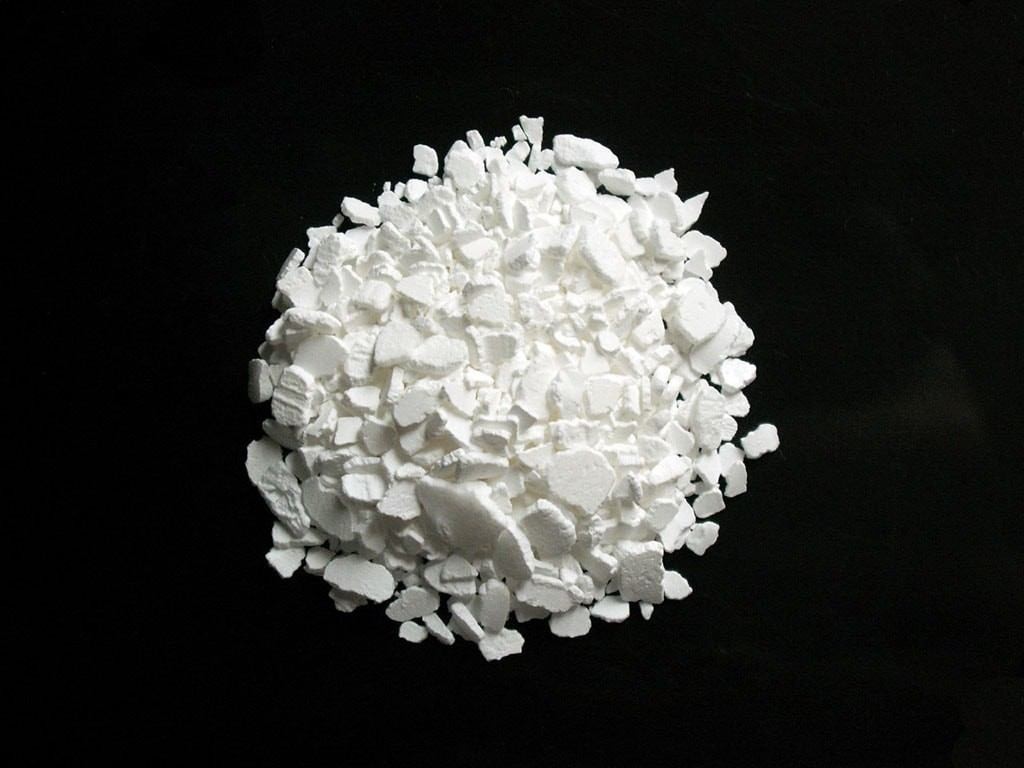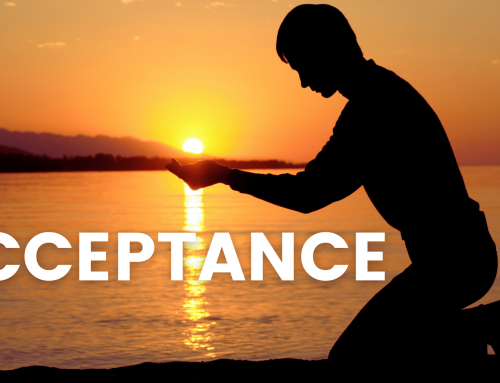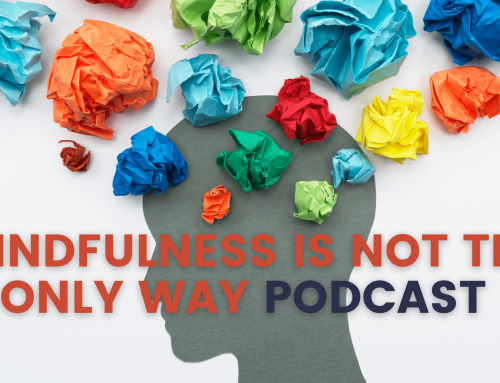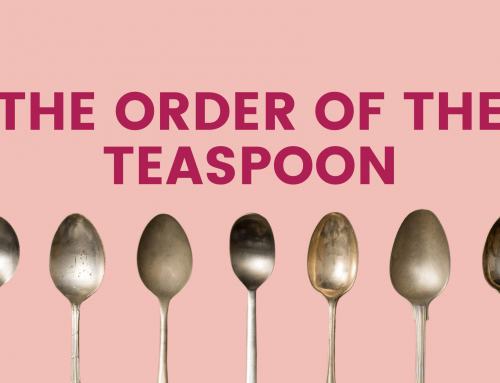Australian teenagers have the highest calcium needs but are most likely to be deficient
SumoSalad’s resident nutritionist Ashleigh James gives her tips on healthy eating and wellbeing
Calcium is an important part of the daily diet and is essential for the growth of strong bones and teeth. The amount of calcium you need depends on your age and gender. The highest daily requirements are for teenagers (a period of rapid bone growth), for women over 50 due to menopause, and men over 70. Due to this increased need for calcium intake during childhood and adolescents, it’s critical to ensure young Australians get enough calcium through their diet so that later in life their peak bone mass is adequate.

Calcium deficiency early in life can impact on bone development by providing inadequate levels of calcium for mineralisation to take place normally. This results in osteomalacia, which in adults results in bone pain, while in children it means impaired skeletal growth and deformity of the bones (such as knock knees and bow legs, a condition referred to as rickets).
Calcium deficiency is also heavily linked to high blood pressure, colon cancer, obesity, type II diabetes and kidney stone formation. Some research also suggests eating calcium-rich foods may decrease your risk for overweight and obesity.
Despite this, in the last large scale study of nutritional behaviours among Australians over half of the Australian population aged two years and over had inadequate intakes of calcium. Females aged 12 to 18 years and 51 years and over were the most likely (nine in ten) to have inadequate intakes. Intake levels for 12-18 females were low, around 760mg compared to Recommended Dietary Intake (RDI) of 1300mg. Similarly, males aged 12-18 years also had inadequate intake levels, taking in roughly 910mg, compared to the RDI of 1300mg per day.
An adequate calcium intake through diet (3–4 servings of calcium-containing foods each day) continues to be the best way to avoid calcium deficiency.
Foods that provide a good source of calcium include:
- Milk – whole milk, one cup – 295mg calcium
- Milk – reduced fat, one cup – 350mg calcium
- Collard greens, one cup – 266mg calcium
- Kale – one cup, 205mg
- Tofu, ½ cup – 253mg calcium
- Soy drink – with added calcium, one cup – 300mg calcium
- Soy drink – no calcium added, one cup – 33mg calcium
- Sardines – with bones (60g) – 230mg calcium
- Salmon – canned with bones (60g) – 240mg calcium
- Cheese – cheddar, one slice (20g) – 155mg calcium
- Yoghurt – one tub (200g) – 300mg calcium
- Spinach – half cup, cooked – 36mg calcium
- Broccoli – one cup, 62mg
- Sweet potato, one cup 76mg
- Chickpeas, 1 cup 80mg
- Pumpkin, one cup, 84mg
- Almonds – one tablespoon (15g) – 31mg calcium
Many of the dishes at SumoSalad are rich in calcium. So next time you have a family come into to the store, you can let them know that teenagers need a high level of calcium to support growth, and which products are high in this important nutrient.
Calcium rich Sumo dishes
Chicken kaleslaw – red cabbage, carrot, kale, beetroot, white radish
Grains and Green bowl – kale, edamame
Falafel and hummus bowl with chickpeas, falafel and pumpkin
Teriyaki beef bowl with kale, spinach and broccoli
Any salad with spinach as the base
Any salad with salmon in it (e.g. teriyaki salmon and snow pea or pepper smoked Tassie salmon)
Any of the sweet brekkie bowls made with yogurt
Or, take a look at the list above and you can make your own calcium rich Sumo dish!
THIS IS AN EXTRACT FROM SUMOSALAD’S BLOG, WITH SPECIAL PERMISSION FROM SUMOSALAD
Reference: 2011-12 National Nutrition and Physical Activity Survey (NNPAS) sample of approximately 9,500 families across Australia.
For more tips on health, wellbeing and sustainable weight loss, sign-up for our Healthy Habits newsletter:







